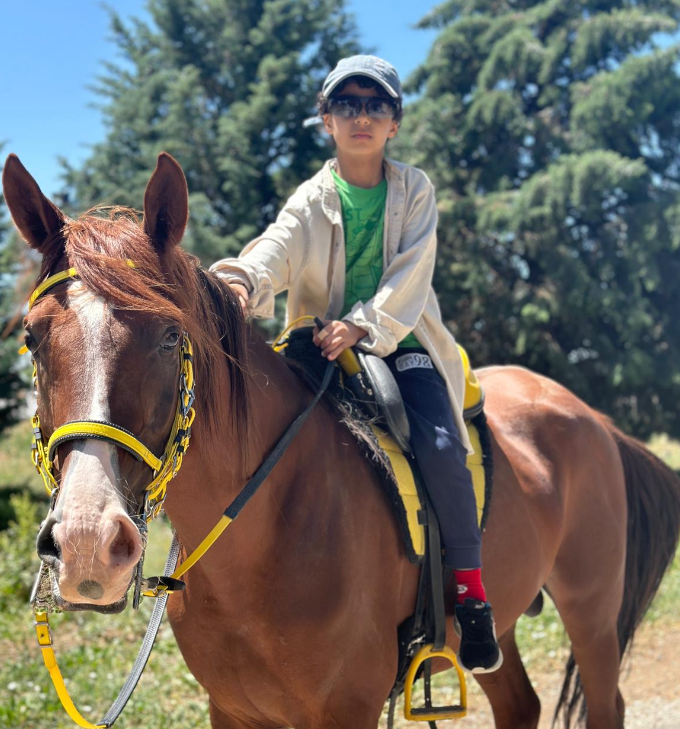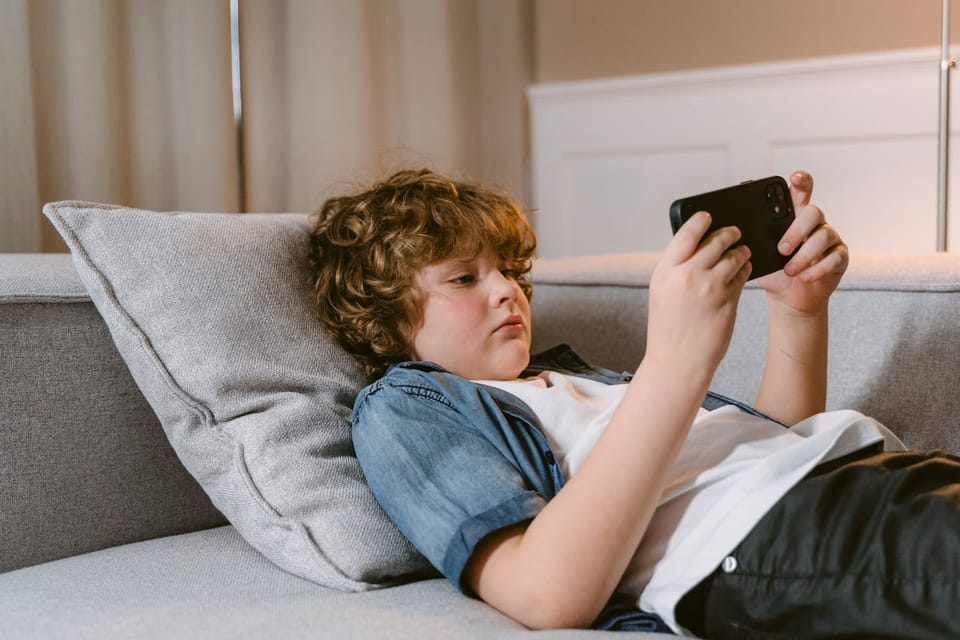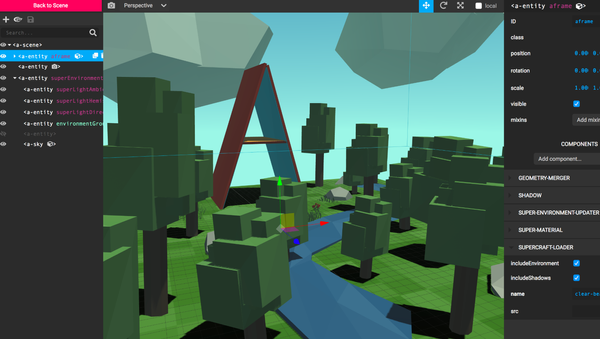Parenting in the Digital Age: Posture, Focus, and the Hidden Costs of Screen Time
Discover how excessive phone use affects kids' posture, focus, and mental health. Learn practical tips for parents to create a balance between technology and physical activities, including the benefits of equine therapy. A personal perspective on navigating parenting in the digital age.
Table of Content
I’m Dr. Hamza Mousa. As a doctor, an equine therapist, and a parent, I’ve spent years observing the growing impact of phone addiction on kids. Let me share a personal story to set the stage.
My friend’s son, a bright 14-year-old boy, spends nearly all his time glued to his mobile phone. He’s disinterested in outdoor activities, despite owning four bikes and being offered plenty of chances for camping, hiking, or even horse riding. His posture tells the story of his lifestyle—a weak build and slouched shoulders, clear signs of excessive screen time and inactivity.
He’s not alone; I’ve noticed many children with similar habits, and the complaints from their parents are growing louder.
Parents often mention behavioral shifts—difficulty concentrating, emotional outbursts, and even aggressive tendencies. While these issues stem partly from excessive screen use, they also reflect a deeper disconnect between kids and the real world. Many parents don’t realize the long-term effects of this dependency until it’s too late.
But it’s not all doom and gloom. Technology isn’t inherently bad; it’s how we approach it that makes all the difference.
This article explores both sides of the issue—the dangers of phone addiction and how mindful technology use can create a healthier balance for our kids.
The Downsides of Phone Addiction
Physical Consequences
Excessive screen time often comes with significant risks that affect the overall well-being of children. It’s not just about poor posture; it’s a cascade of issues impacting their physical health and long-term development.
- Forward Head Posture and Rounded Shoulders: Poor posture contributes to chronic neck and back pain.
- Digital Eye Strain: Blurred vision, dry eyes, and increased risk of nearsightedness.
- Sedentary Lifestyle: Reduced physical activity leads to weight gain and poor cardiovascular health.
For parents interested in introducing their kids to more engaging activities, consider coding and game development. They’re fun, educational, and tech-savvy. Check out this guide: How to Start Kids with Game Development.
Psychological Effects
The constant use of phones and screens doesn’t just affect the body; it also leaves a lasting impact on the mind. From reducing attention spans to increasing feelings of anxiety and isolation, the psychological effects of phone addiction are as critical to address as the physical ones.
- Reduced Attention Span: Constant notifications and endless scrolling train the brain for short bursts of focus.
- Social Anxiety: Kids are losing the ability to engage in face-to-face interactions.
- Emotional Dysregulation: Gaming and social media overstimulate young minds, often leading to irritability and aggression.
To introduce your kids to positive screen use, explore programming with this guide: Best Resources for Teaching Kids Programming.
Family Dynamics
Parents frequently come to me with complaints about their kids’ behavior. One common theme? A lack of connection. Technology has replaced family conversations, meals, and shared activities.
Creating tech-free zones and replacing screen time with creative activities can help.
Try these open-source design tools for kids: 15 Best 2D & 3D Design Applications for Kids and Teens.
The Flip Side: How Phones Can Be Tools for Growth
Phones don’t have to be the enemy. When used intentionally, they can become tools for creativity, learning, and connection.
Educational Potential
With the right apps, kids can:
- Learn New Skills: Coding, art, and even language apps can spark curiosity.
- Explore Interests: Virtual tours, documentaries, and DIY videos can ignite a love for learning.
- Stay Active: Fitness apps, dance tutorials, and gamified exercise challenges can promote movement.
Concerned about online safety? Protect your kids while they learn online. Read this guide: Keeping Your Kids Safe Online with DNS Servers.
Connection and Collaboration
Technology can also bring families together. Virtual game nights, shared playlists, or collaborative projects can transform screen time into bonding time.
Finding Balance: My Approach as a Parent and Therapist

As a parent, I’ve always believed in structured exposure to technology. Before my son was born, I developed a plan to introduce gadgets gradually and with purpose. Here’s what worked for us:
- Set Clear Boundaries: Daily screen time limits and regular breaks.
- Encourage Outdoor Activities: We balanced screen time with hiking, cycling, and horse riding. (Read more about the therapeutic benefits of horse riding: doc.rider.equine.therapy.)
- Lead by Example: Kids mimic what they see. When I unplug, so does my family.
As an equine therapist, I’ve seen firsthand how physical activities like horse riding can undo the damage of sedentary habits. Riding strengthens posture, improves focus, and builds confidence. Parents often thank me for the transformation they see in their children.
Tips for Parents: Turning Phones Into Allies
- Create Tech-Free Zones: Establish areas where screens are off-limits, like the dining table or bedrooms.
- Encourage Balanced Usage: Introduce apps that promote learning and creativity over mindless scrolling.
- Foster Real-Life Activities: Camping, gardening, or building projects can provide healthy distractions.
- Model Healthy Habits: Show your kids that life exists beyond screens.
- Try Equine Therapy: It’s more than just fun; it’s a proven way to improve posture, focus, and overall well-being.
A Personal Note on Horse Riding
Horse riding isn’t just a hobby; it’s a life-changer. The rhythmic motion of the horse engages core muscles, corrects posture, and builds resilience.
I’ve seen kids with poor posture and low confidence transform within weeks of regular sessions. It’s not just about physical health; horse riding improves focus and emotional balance too. Want to see how it works? Follow my journey and stories here: doc.rider.equine.therapy.
A Final Thought
Phones aren’t going anywhere, and neither is their influence on our kids. But as parents, we have the power to guide that influence. By setting boundaries, encouraging real-world activities, and fostering mindful tech habits, we can help our children grow into healthy, balanced individuals.
Remember: the goal isn’t to eliminate technology but to use it wisely. Let’s create a healthier future—one step (or ride) at a time.





